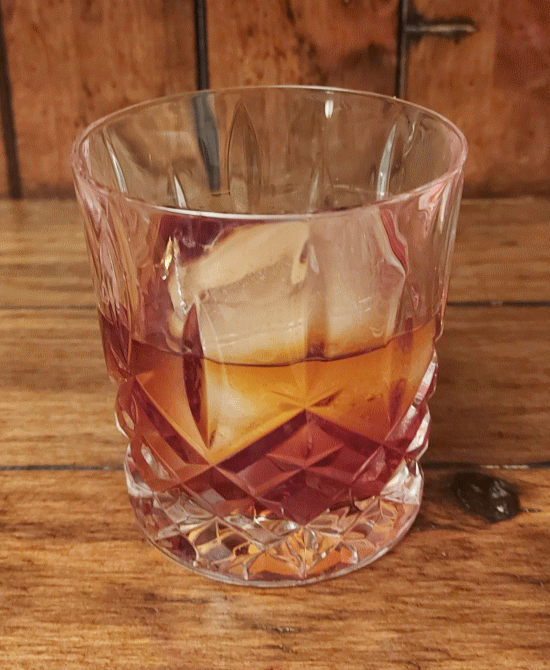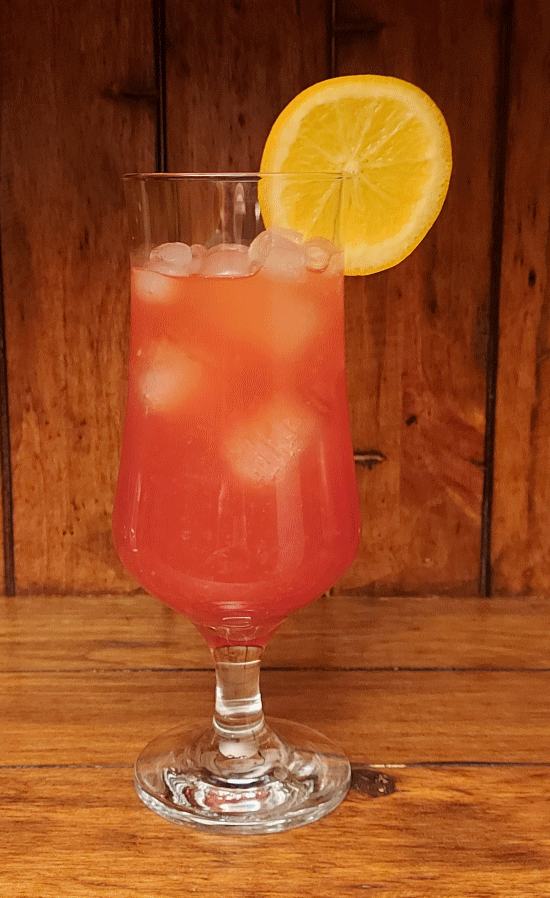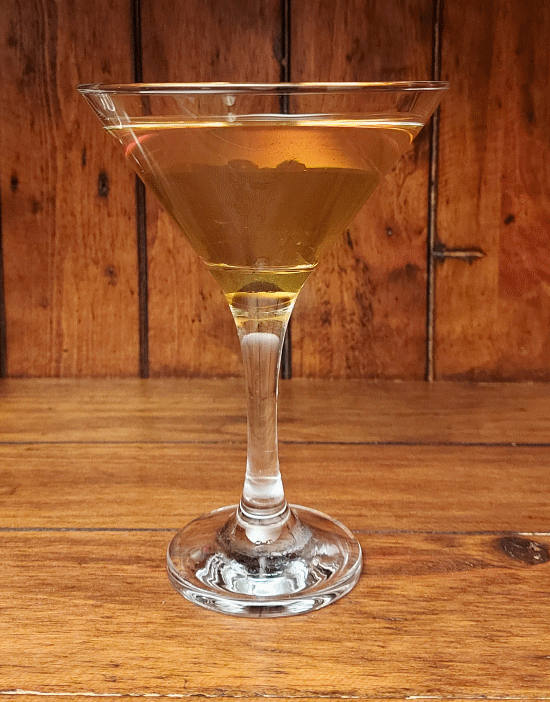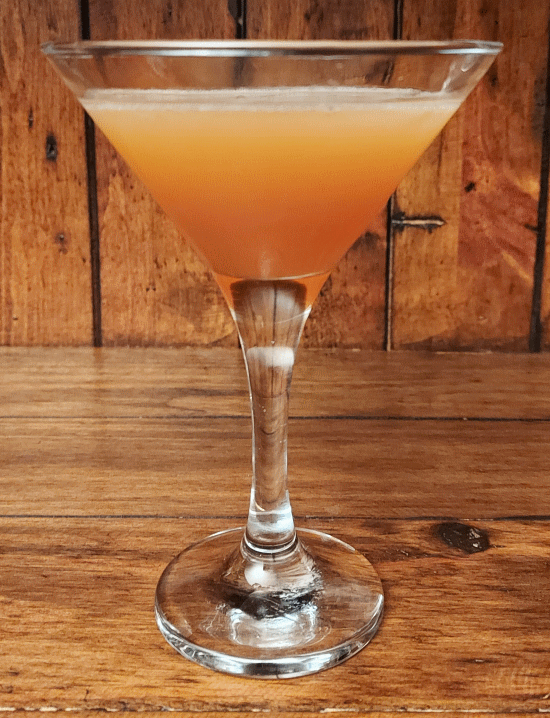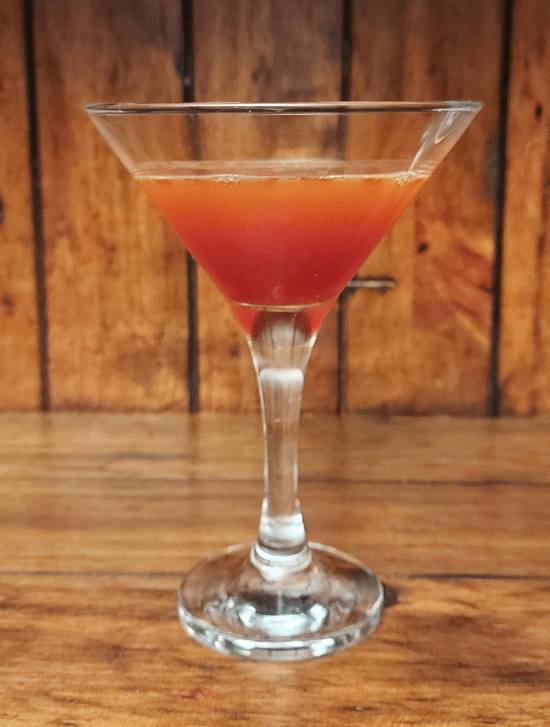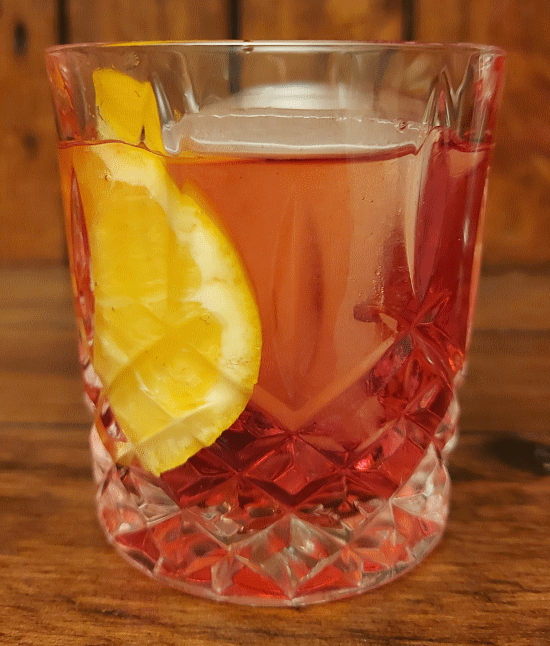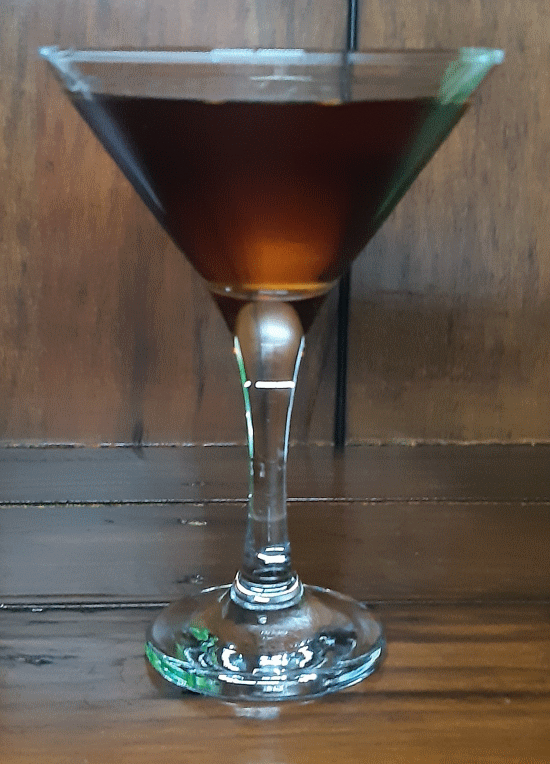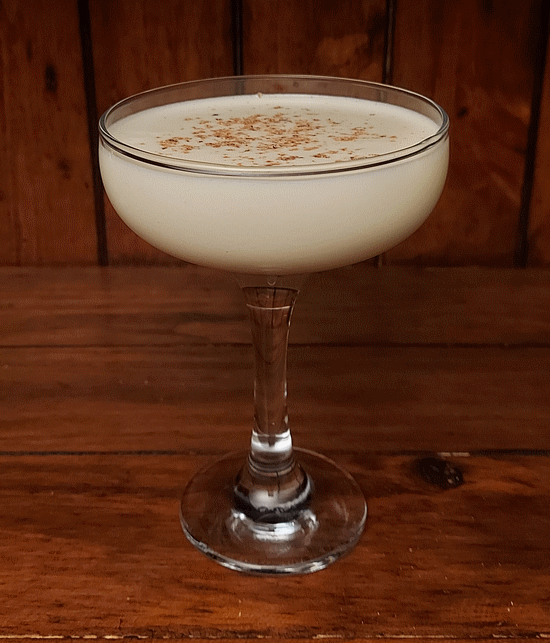Absinthe is an anise-flavoured spirit derived from several plants, including the flowers and leaves of Artemisia absinthium (“grand wormwood”), together with green anise, sweet fennel, and other medicinal and culinary herbs. Historically described as a highly alcoholic spirit, it is 45–74% ABV or 90–148 proof US. Absinthe traditionally has a natural green colour but may also be colourless. It is commonly referred to in historical literature as la fée verte (“the green fairy”). It is sometimes mistakenly referred to as a liqueur, but is not traditionally bottled with added sugar, so is classified as a spirit. Absinthe is traditionally bottled at a high level of alcohol by volume, but it is normally diluted with water before being consumed.
World Absinthe day was started to celebrate the renaissance of this spirit which has been returning to popularity over the last few years.
Later today, we will share the traditional French “Absinthe Ritual”, sometimes called the “Absinthe Drip Cocktail” as well as two other cocktails with a large absinthe content. Join us for these cocktails from 1900.

